The right bedding choices can make the difference between waking up refreshed and alert or groggy and fatigued. With each passing season, our bodies and sleep preferences can evolve, and it’s essential to adapt accordingly. This article aims to be your guide in creating a sleep sanctuary that caters to your needs year-round. Whether you’re seeking a cool, breathable oasis during sweltering summer nights or a warm, snug cocoon to hibernate in during the winter chill, we’ve got you covered. You’ll gain the knowledge and tools to transform your bedroom into the perfect haven for every season.
Why Change Bedding for Different Seasons
Changing bedding for different seasons isn’t just about following a trend – it’s a practical and beneficial practice. As the seasons shift, so do our sleep needs and comfort preferences. Understanding why to change bedding for different seasons is essential for a more restful and comfortable sleep experience. Firstly, temperature regulation is a key factor. During hot summer months, you want lightweight, breathable sheets that help dissipate body heat and keep you cool. In contrast, winter demands thicker, insulating layers that trap warmth. Adapting your bedding helps ensure you’re comfortable throughout the year.
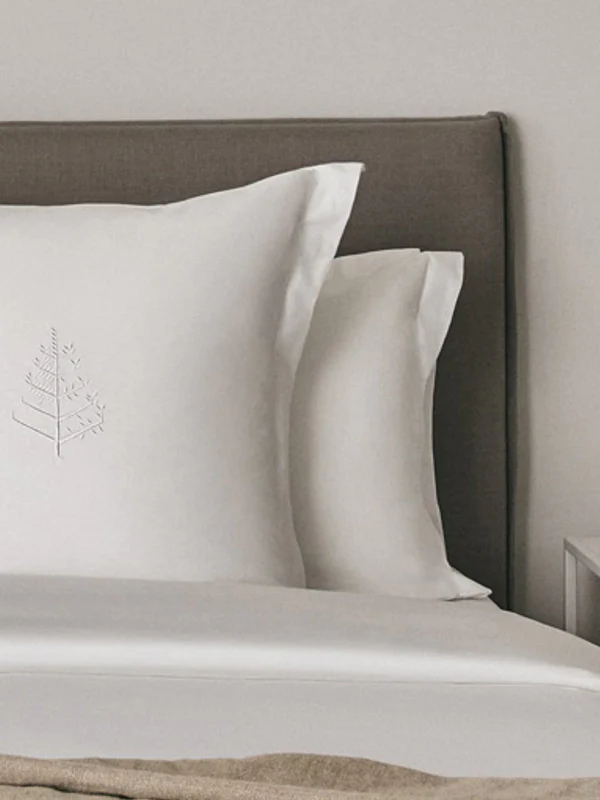
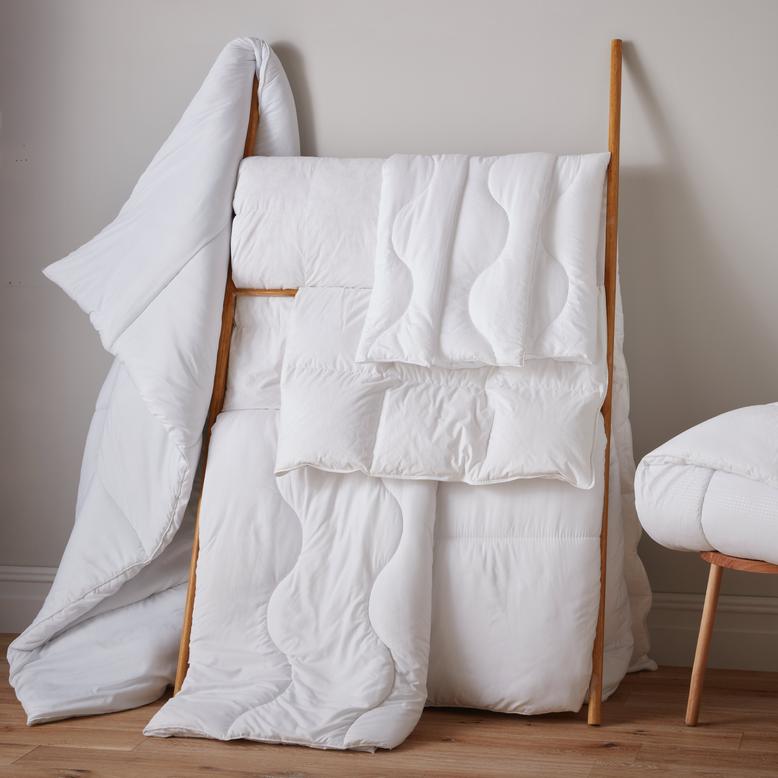
The amount of natural light also changes with the seasons, influencing your circadian rhythm and sleep patterns. For instance, longer daylight hours in the summer can disrupt your sleep. Choosing the right bedding can help mitigate these effects, promoting better rest. Additionally, seasonal allergies can impact your sleep quality. Allergens like pollen are more prevalent in the spring, and it’s important to use hypoallergenic bedding during this time to reduce discomfort and congestion. Changing your bedding with the seasons also prolongs the lifespan of your linens. You can prevent excessive wear and tear by using specific sets only when needed, preserving their quality and comfort for longer. In summary, adapting your bedding to the seasons isn’t just about staying comfortable; it’s about optimizing your sleep environment. By doing so, you can enjoy more restful, restorative sleep year-round, improving your overall well-being.
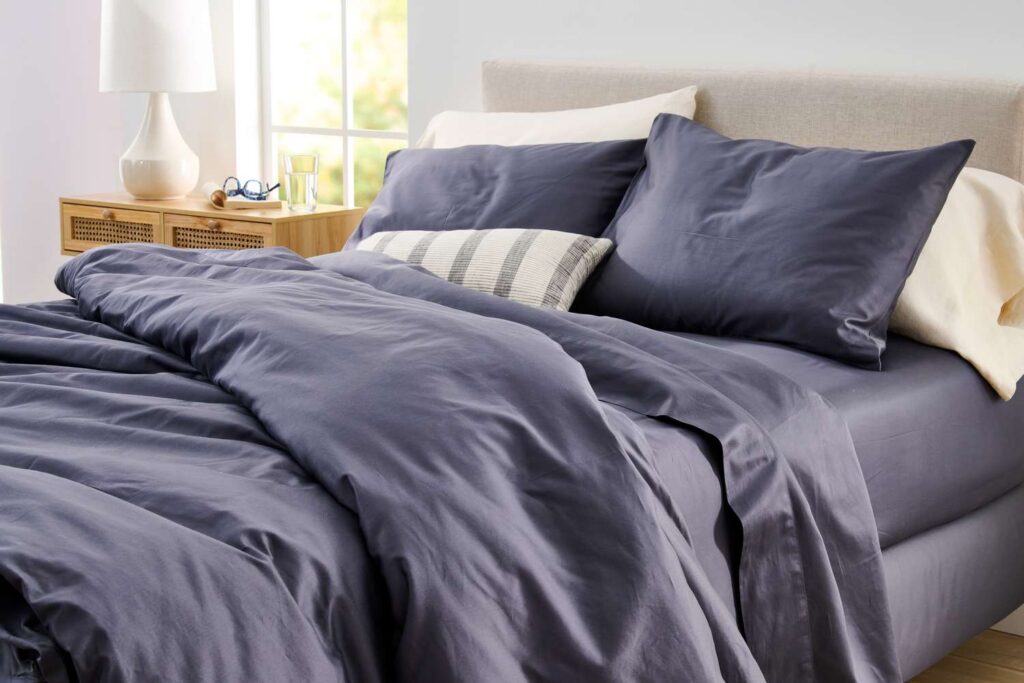
Seasonal Effects on Sleep and Temperature
Seasonal effects on sleep and temperature play a crucial role in our overall well-being. As the seasons change, so do our sleep patterns and temperature preferences. During the sweltering heat of summer, we yearn for breathable bedding that helps us stay cool through the night, ensuring a good night’s sleep. Conversely, in the winter’s chill, we seek cozy, insulating layers that trap warmth, keeping us snug and comfortable. Moreover, the amount of natural light varies with the seasons, impacting our circadian rhythms. Longer daylight hours in summer can disrupt our sleep, making it important to create a dark sleep environment. On the other hand, the colder, darker months of winter may trigger a desire for warmer, mood-enhancing bedding. Adapting your bedding to the seasons can make all the difference in optimizing your sleep environment, ensuring you enjoy restful, restorative sleep and wake up feeling refreshed year-round.
Summer Bedding: Staying Cool and Comfortable
As the temperatures rise and summer approaches, our bedding needs to adapt to the changing climate. Summer nights can bring discomfort and disrupted sleep if your bedding is not suited to the season. To ensure a comfortable and refreshing night’s sleep during the heat of summer, consider the following essential elements:
- Optimal Summer Sheet Selection: Discover the ideal materials and weaves for summer sheets that will keep you cool and comfortable throughout those warm nights. Opt for natural materials such as cotton or linen, which are breathable and moisture-wicking, ensuring a cool and dry sleep environment. Sateen or percale weaves provide that crisp, airy feel perfect for summer nights, promoting airflow and reducing heat retention.
- Lightweight blankets and comforters: Learn about lightweight bedding options that are perfect for summer, providing the right amount of cover without causing overheating. Consider quilts or coverlets made from breathable materials like cotton or bamboo. These options offer a comfortable layer of warmth without the heaviness of traditional comforters, allowing you to sleep without feeling weighed down by excess insulation.
- Cooling mattress pads and toppers: Explore how cooling mattress pads and toppers can help regulate your body temperature and provide a more comfortable sleeping surface. These innovative accessories often feature cooling gel or breathable designs that dissipate heat, keeping your bed cooler during hot summer nights. By adding a cooling mattress pad or topper, you can transform your mattress into a more temperature-regulated sleeping surface, ensuring a refreshing night’s rest.
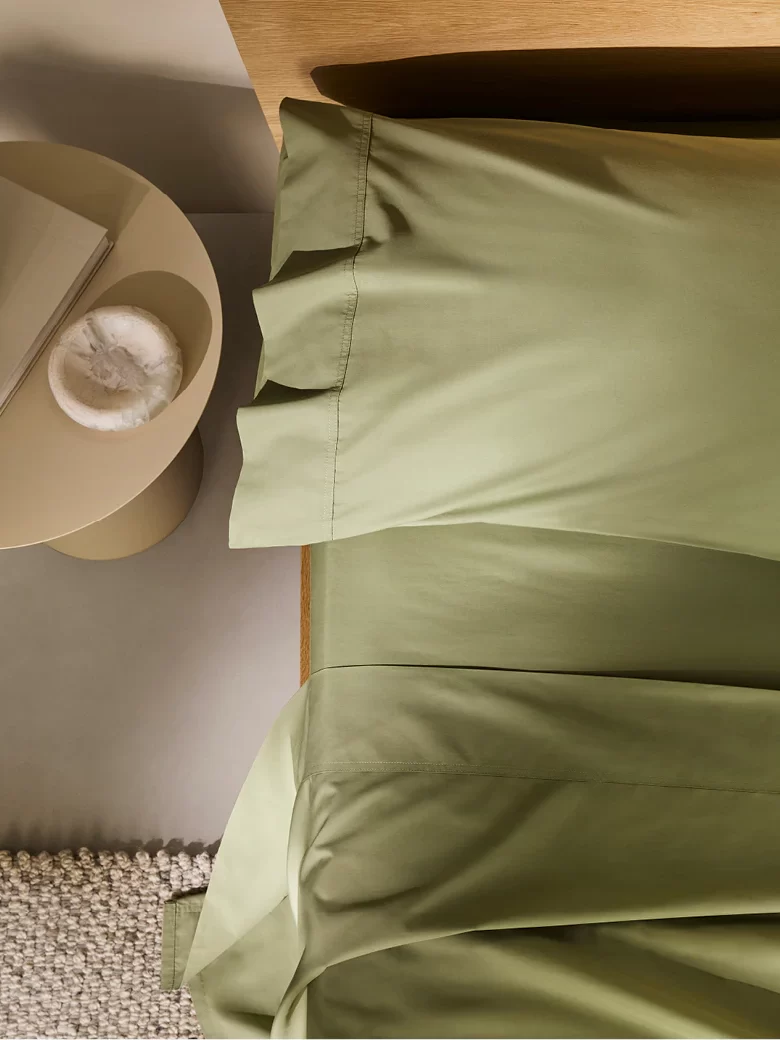
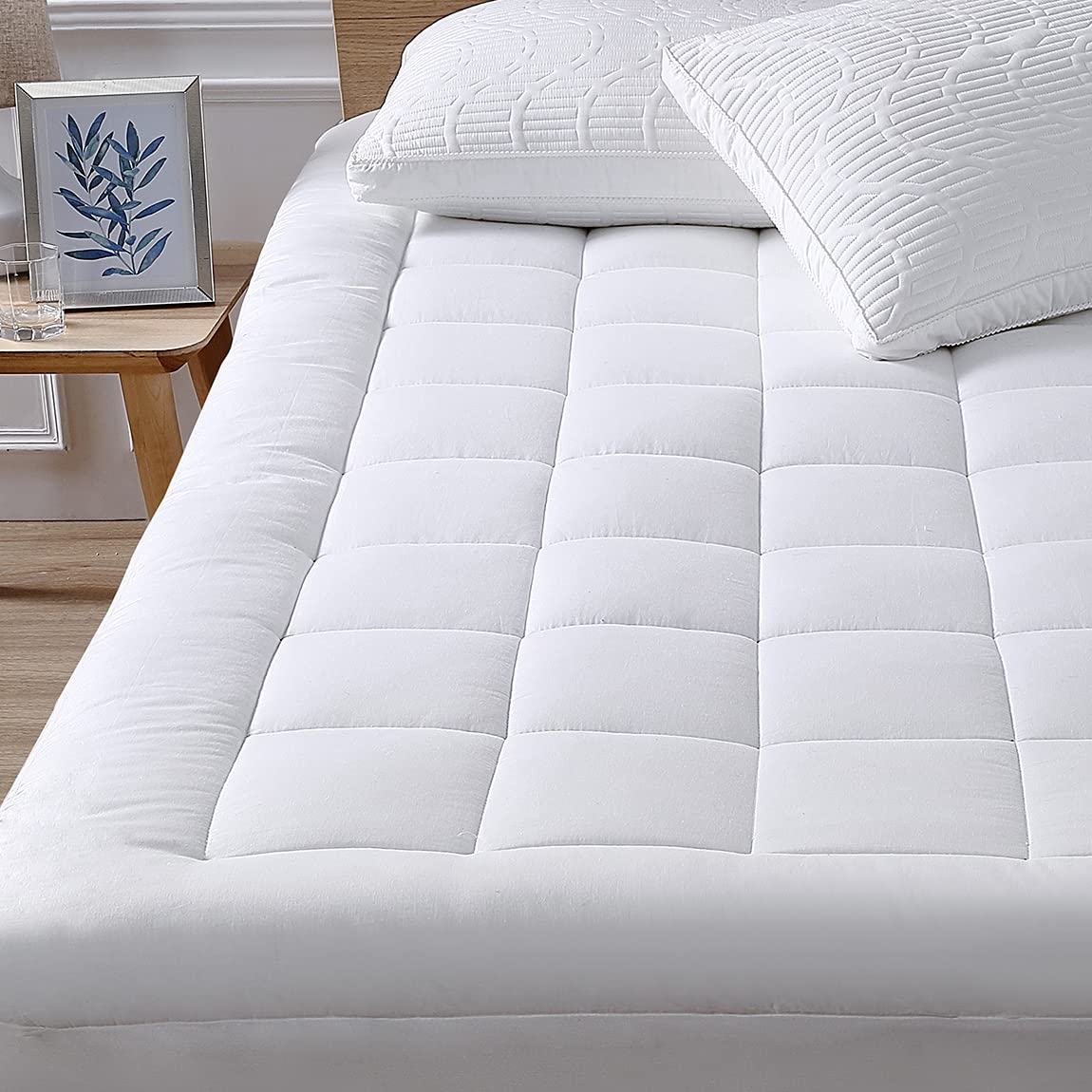
Winter Bedding: Cozy and Warm
As the cold months approach and winter settles in, our bedding requirements shift once again to provide the warmth and comfort necessary for a peaceful night’s sleep. When the chill of winter takes hold, it’s essential to transform your sleep environment to ensure a cozy and inviting space that promises restful nights and comforting warmth. In response to the winter chill, let’s explore essential elements that will keep you warm and comfortable throughout the coldest season.
- Warm and insulating sheets: Consider sheets with a higher thread count as they often provide better insulation and a softer touch. Fleece sheets can be an excellent option for winter bedding, offering a plush, velvety texture that provides exceptional warmth and comfort.
- Heavier blankets and comforters: Look for comforters with a higher fill power, known for their warmth and comfort. Weighted blankets can provide both warmth and a sense of security, distributing weight evenly across your body for a cocooning effect.


Transitional Seasons: Spring and Fall
Navigating the transitional seasons of spring and fall can be a bedding challenge. As temperatures fluctuate and the climate remains unpredictable, it’s essential to strike the right balance between comfort and adaptability. During these in-between periods, where a chilly night might follow a warm day, the key is to have versatile bedding solutions at your disposal. In spring, as nature awakens from its winter slumber, the challenge is to keep your bedroom comfortable during cool nights and varying temperatures. Lightweight sheets made from breathable materials like cotton or linen are ideal choices. These sheets allow for air circulation, keeping you comfortable when the evenings are milder. Layering is also crucial during spring. Adding a lightweight blanket or a quilt that can be easily removed during the night helps you adapt to changing temperature levels.
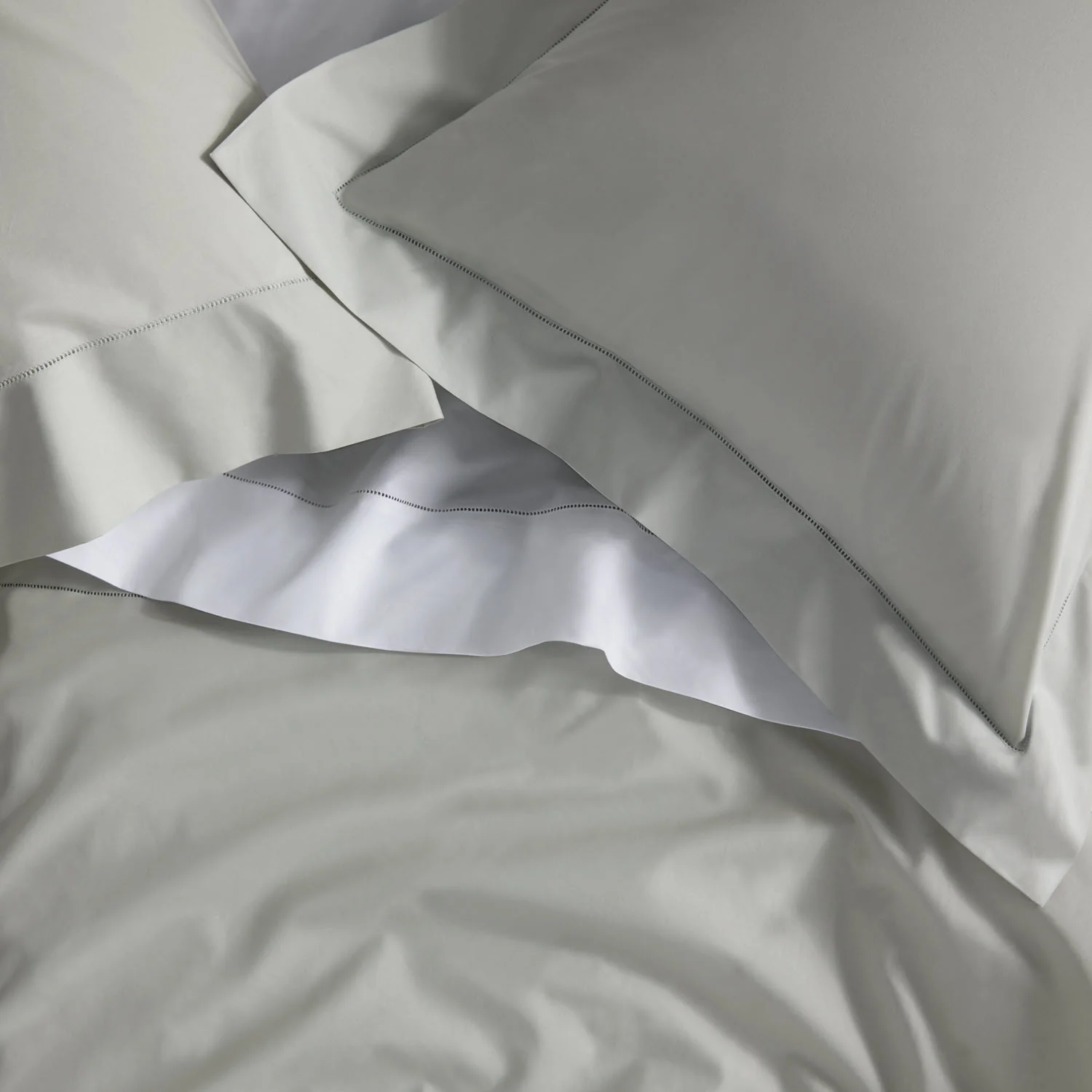
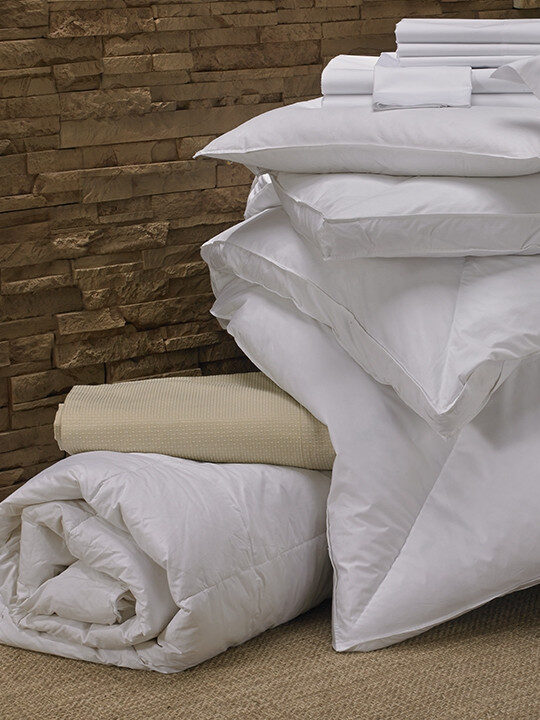
Fall, on the other hand, often sees fluctuating temperatures from warm afternoons to chilly nights. To keep your bedding adaptable during this season, opt for sheets and blankets made from materials that balance warmth and breathability, such as percale or sateen. Adding a duvet or a comforter with a removable cover allows you to adjust your warmth level as the temperature drops in the evening. Layering with throws and decorative pillows not only provides extra comfort but also adds a touch of seasonal decor to your bedroom. In both spring and fall, consider the use of mattress toppers. They can provide an additional layer of comfort and temperature regulation, ensuring your sleep remains undisturbed. Lastly, incorporating versatile, multi-seasonal bedding options is a great investment for these transitional periods, allowing you to easily adapt to the changing climate.
Quality and Material Considerations
Choosing the right materials for your bedding is pivotal for creating a sleep environment that adapts to your needs and the changing seasons. Cotton, known for its breathability and moisture-wicking properties, is an excellent choice for hot summer nights. Linen, with its natural coolness and ability to absorb moisture, is another ideal material for summer bedding. Silk offers a luxurious and temperature-regulating option, making it suitable for both warm and cool nights. Microfiber, a synthetic material, is known for its durability and resistance to wrinkles, making it a practical choice. It provides versatility and is a good option for transitional seasons. Understanding how these materials impact your sleep comfort enables you to make informed decisions, ensuring that your bedding enhances your restful night’s sleep while also adapting to the ever-changing seasons. By considering material choice, thread count, and fill power, you’ll have the knowledge and tools to create the perfect sleep environment year-round.
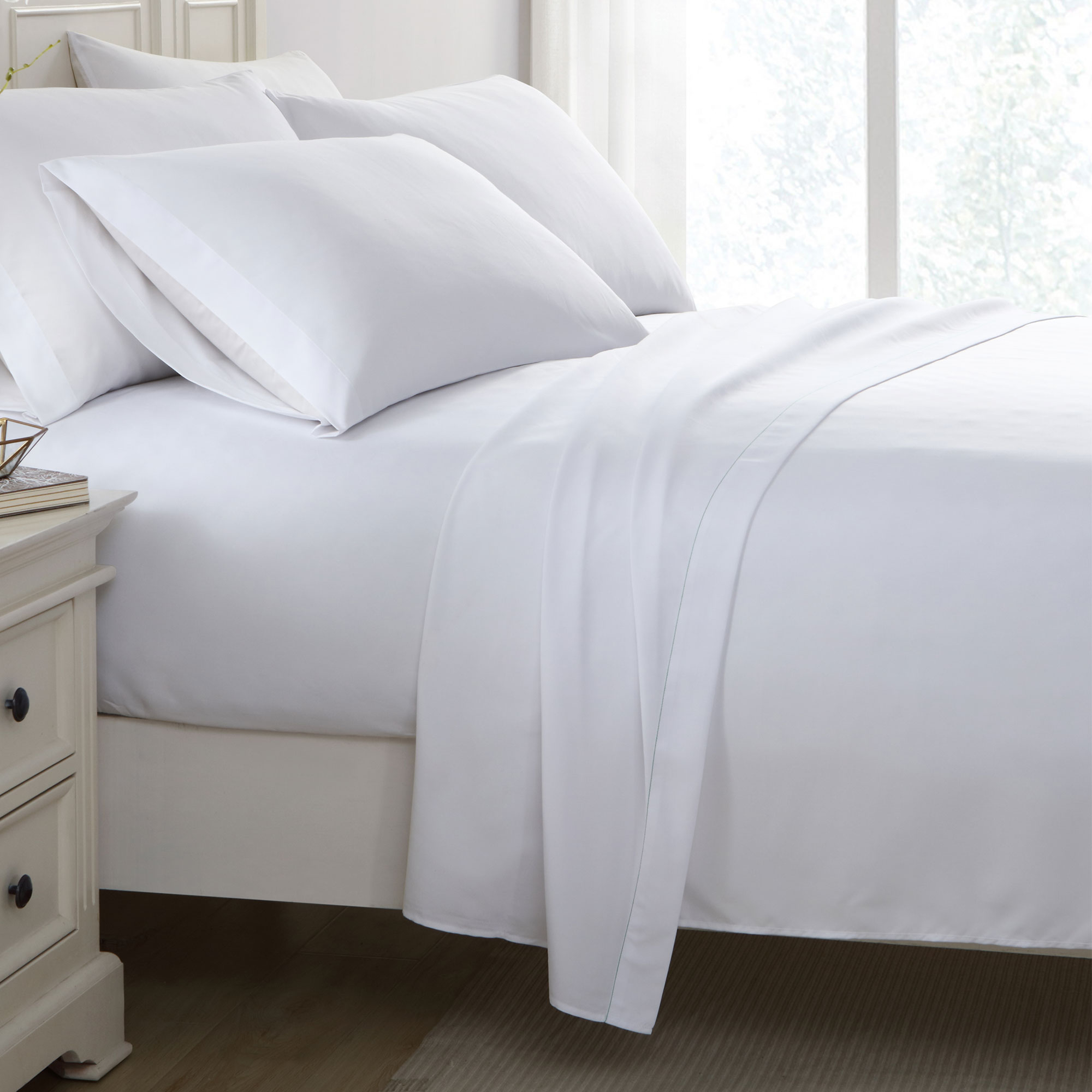
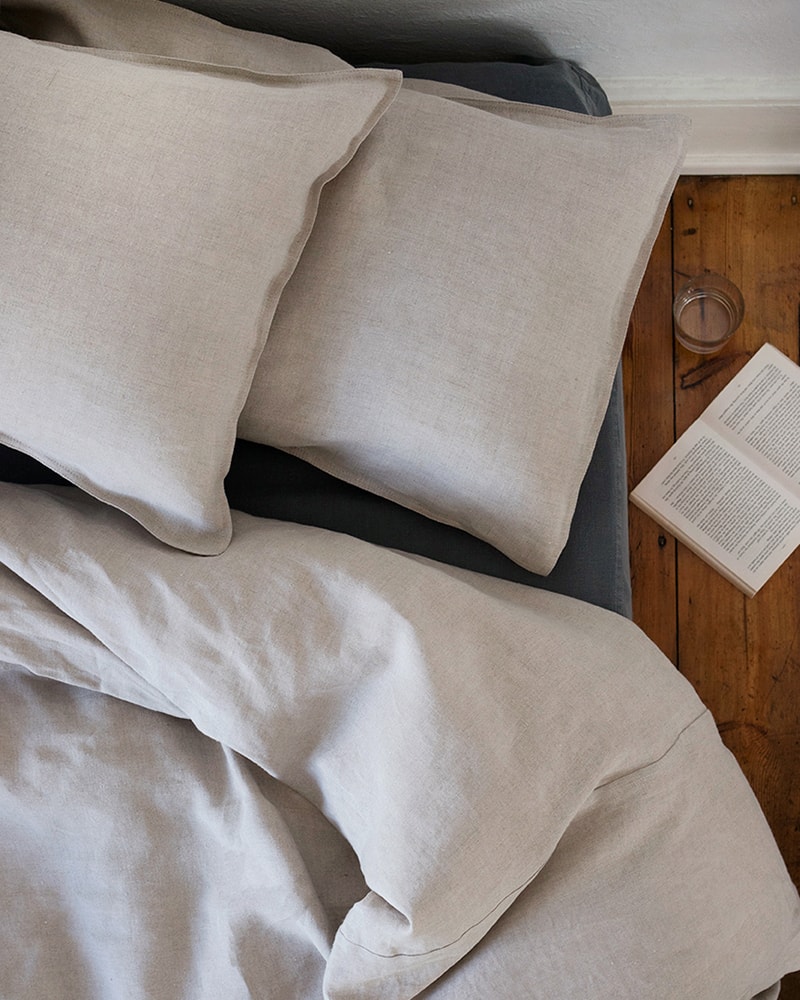
In conclusion, the quality of your sleep is not a one-size-fits-all proposition, especially when considering the changing seasons. Adapting your bedding to the time of year can significantly enhance your sleep experience. By understanding seasonal sleep needs and making the right bedding swaps, you can ensure that you get the rest you need, no matter the weather outside. So, take these tips and make your bedding work for you, season by season. A well-rested and comfortable night’s sleep is within your reach.

 For Better Sleep
For Better Sleep


